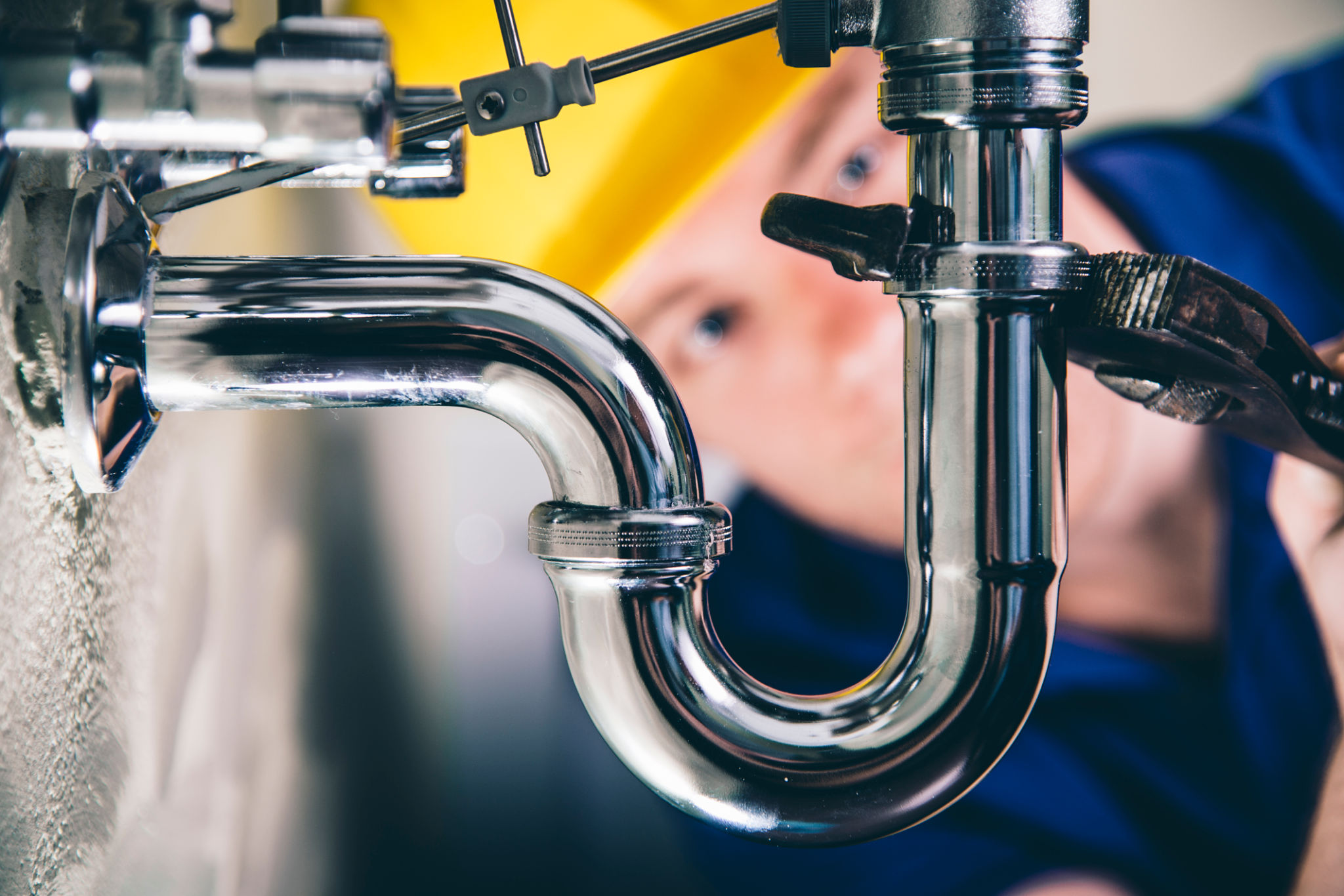DIY Tips for Temporary Fixes Before Your Emergency Plumber Arrives
Understanding the Importance of Temporary Fixes
When a plumbing emergency strikes, it's essential to know how to manage the situation until professional help arrives. Temporary fixes can prevent further damage and reduce stress. While they are not permanent solutions, these quick fixes can buy you time and control over the immediate chaos.
Most plumbing emergencies involve leaks, clogs, or bursts that need immediate attention. By applying some basic DIY methods, you can minimize water damage and maintain safety in your home. Let’s explore some practical tips to help you navigate such situations.

Dealing with Leaks
Leaks are one of the most common plumbing issues. Whether it's a dripping faucet or a leaking pipe, addressing it promptly is crucial. To temporarily stop a leak, start by turning off the water supply to the affected area. This simple step can prevent water from spreading and causing more damage.
Once the water supply is off, use a pipe repair clamp or rubber patch to cover the leak. If you don’t have these materials, wrapping the area with duct tape can be a quick alternative. Make sure to wrap it tightly to prevent water from escaping until a plumber can assess and fix the issue.
Managing Clogged Drains
Clogged drains are another common issue that can escalate quickly if not handled properly. To temporarily manage a clogged drain, you can use a plunger or a drain snake. Both tools can help dislodge the blockage and restore some flow until professional help arrives.

If you don’t have these tools, try pouring a mixture of baking soda and vinegar down the drain. This natural solution can often break down minor clogs. Pour half a cup of baking soda followed by half a cup of vinegar, wait for 15 minutes, and then flush with hot water.
Addressing Burst Pipes
A burst pipe is a serious issue that requires immediate action. First, turn off the main water supply to prevent further flooding. After doing so, open all faucets to drain any remaining water in the pipes and reduce pressure.
- Locate the burst pipe and clean the area around it.
- Apply epoxy putty or a rubber and clamp patch over the burst spot.
- Use strong adhesive tape securely if other materials are unavailable.

These measures should help control the situation temporarily until your emergency plumber arrives to replace or repair the damaged pipe.
Preventing Future Plumbing Emergencies
While temporary fixes are useful in emergencies, preventing issues is equally important. Regular maintenance and inspections can help identify potential problems before they escalate. Simple practices like not disposing of grease down the sink and using drain guards can significantly reduce the risk of clogs.
Additionally, educating yourself and household members about the location of shut-off valves and how to use basic plumbing tools can make a significant difference during an emergency.
In conclusion, while these DIY tips are valuable for managing plumbing emergencies temporarily, they are not substitutes for professional repairs. Always ensure that a qualified plumber inspects and resolves any underlying issues to maintain the integrity and safety of your home’s plumbing system.
